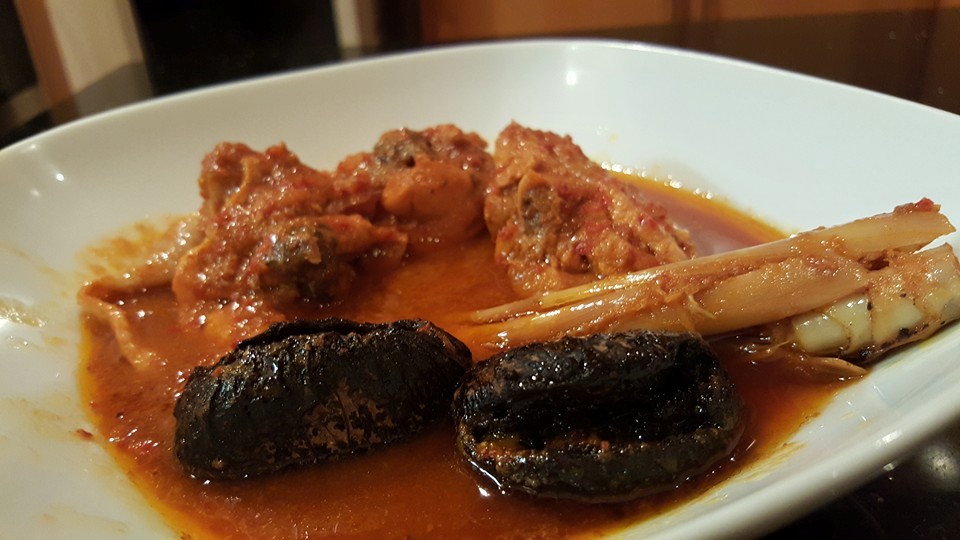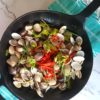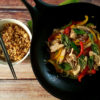I have postponed documenting this, simply because it is a long process and takes a while to recall the steps and put them down in words. But, why not. Just in case someone out there needs it.
Every family has a different recipe, so mine’s just a version that is recalled from memory, and done according to my understanding of the ingredients and their behavior when put together. I didn’t copy anyone’s recipe or take reference to any recipe. This is loved by my family, and every time I go to a Peranakan restaurant to taste this, it tastes different in every single restaurant. The only common thing is the taste of the buah keluak. And even so, some people put more pork into it, some less, and some none.
Again, it is all about taste. No real ‘standard’ recipe.
A few things about this dish:
- Do not use rotten (of course) buah keluak, you will know when you break it and it smells horrible or looks horrible.
- I don’t like bitter buah keluak, so I taste a bit and remove the bitter ones and the bitter parts. If you don’t do this, the whole dish becomes bitter.
- Some recipes call for 1 day of soaking, some 5. I always do 3. Too long and I find it gets too pasty, and too short, I get scared that it is not properly detoxified.
- I soaked them in water, change the water everyday, and brush them everyday. On the last day, I add in some kaffir limes. Simply because one day, I was washing the buah keluak and I thought they smell extremely nice, that’s when I realized I had a cut kaffir lime nearby. So from then on, I will always add some lime the last day.
- There is no real documented way of cracking the nut. I just use the sharper end of the pestle. It work well, and easy.
- I will always pound the ingredients to make the spice paste. I reckon using the grinder works well too. But I don’t have a grinder in Singapore!
- Always let it sit for a night and eat it overnight. Therefore, it takes at least 4 days to cook this. Way too long, though you spend at most 10 minutes a day.










